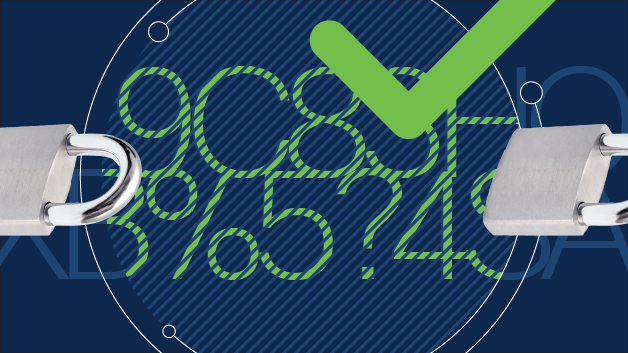Why is password security needed?
Passwords remain an effective solution for identity-based access control of digital assets when considering cost, security benefits, and ease of use and management.
The average user manages more passwords than ever. Password security systems are used not just to protect data but also to verify and establish identity for personalized features and account access. Stolen credentials are commonly used by cyberattackers to deliver malware. For this reason, it's important to adopt password security best practices, such as multi-factor authentication (MFA).
How does password security work?
The application, website, or account (called the "verifier") asks the user (known as the "claimant") to type a string of characters that matches the characters stored with the verifier. Before permitting access, the verifier checks the entered phrase against its list of approved credentials to ensure the phrase and user ID match.
How secure is password security?
When used properly, password security can be very effective and plays a key role in multi-factor authentication (MFA). However, inattentive user behavior and insufficient protection of credentials by enterprises can be a cause of damaging security breaches.
The first password systems assumed that users would memorize their passwords, which would create a secure form of password management. However, passwords have proliferated in home and work life and have also become more complex. Users have too many passwords to remember and often reuse passwords.
Hackers recognize these weaknesses and use a variety of methods to steal and guess passwords, such as sending spoofing and phishing emails. They can also purchase stolen credentials online.
What is a password manager?
A password manager is an app that generates complex passwords and stores them in an encrypted format. The advantage of a password manager is that it remembers and autofills passwords and can suggest long, difficult-to-crack random passwords. With a password manager, users don't need to memorize passwords or record them elsewhere, they just need to maintain access to one password account.
The downside of password managers is that all passwords are stored in one place, which could be attractive to cyberattackers. By successfully attacking a password manager, cybercriminals could obtain many passwords during a single breach. In addition, if email passwords are obtained, users can lose access to those accounts.
